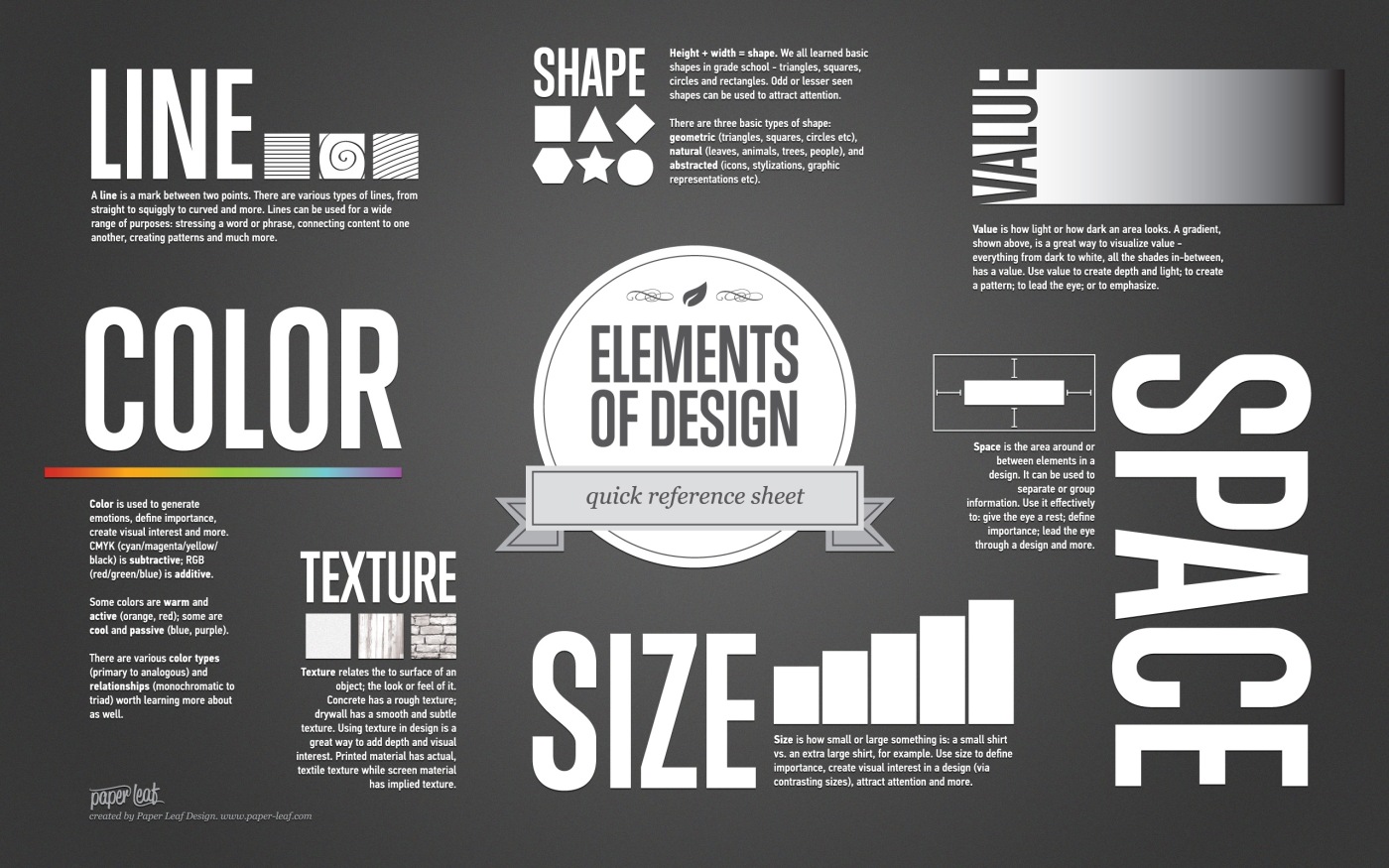The roles that visuals play in instruction
- Provide a concrete referent for ideas
- Serve as a more easily remembered link to the original idea
- Motivate learners by attracting attention, holding attention and generating emotional responses.
- Simplify information leading to better understand
- Provide a redundant channel
Visual Literacy: Being able to or obtain the ability to understand visual messages or references and create such visuals.
Examples of two general strategies that you may use to teach visual literacy:
Decoding and Incoding
Decoding means interpreting visuals while encoding means creating visuals
The factors that influence students decoding of visuals
- Age
- Cultural Effects
- Visual Preferences
The factors that influence students encoding of visuals:
Having access to technology like video cameras and lenses, simple scanners, slide programs can awake and boost their creativity
The goals that good visual design aim to achieve
A good visual design must attract attention while providing adequate and efficient information while regarding multimedia principles
Regarding the visual design process, characterize the qualities that a designer would look for in the individual visual and verbal elements of the design, including elements that add appeal
A designer would look and care about the following topics while designing, for visual elements the designer would check/look for
- Realism
- Analogy
- Organization
and for verbal elements
- Letter style (bold, italic, colored, how and where to use them)
- Size of letters
- Spacing
And for the elements that appeal, these element should be
- Suprizing
- Changing texture (from 2d to 3d, dramatic font or size changes)
- Interactive
Describe the factors that a designer would manipulate in establishing an underlying pattern to the design.
- Alignment: Alignment Pictorial elements should be aligned with reference to the edges of the display
- Shape: Using familiar geometric shapes
- Balance : Design should be symmetrical
- Style: Designing for target audience
- Color:
Color Scheme
Color Appeal
Describe the factors that a designer would manipulate in arranging the visual and verbal elements to achieve clear communication, reduce effort in interpreting, increase active engagement, and focus viewer attention.
- Proximity: Putting related elements close to each other and unrelated ones further
- Directionals
- Figure-ground contrast
- Consistency
List various roles that color can play in enhancing the impact of visual displays
- Primary colors can be used in designs for children while primary or secondary colors can be used for attracting attention to different aspects of something.
- Using different shades of the same color to show increase or decrease level or something
- Colors can be used differently to harmonize the effects, opposite colors, related colors, for color blind people and etc

Leave a comment